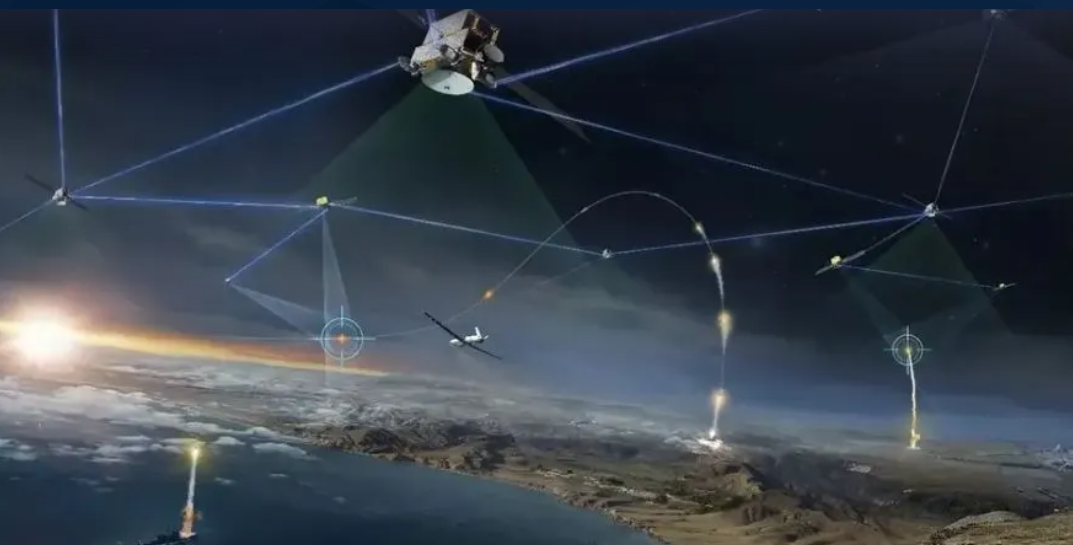At Eurosatory 2024, the world’s largest defense and security exhibition, Dr. Ben Greene, Founder and Chief Innovation Officer at EOS, discussed the application of high-energy lasers in counter-drone warfare and space debris mitigation and elaborated on how EOS is pioneering advancements in these critical areas.
Discussing the latest technologies, Greene brought attention to the crucial role of high-energy lasers in modern warfare.
“The benefits of high-energy lasers are that they’re an indispensable part of the capability spectrum needed to defeat drone warfare today,” he explained. These lasers are effective in both “denying information from the battlefield to the sensors of long-range drones” and “achieving complete destruction of drones at shorter ranges.”
Transitioning to space technologies, Greene detailed how high-energy lasers are pivotal in safeguarding space assets.
“Our high-power lasers already play a crucial role in the protection of space assets by helping determine the environment that those assets are flying in,” he noted. This technology accurately assesses the position and orbits of all orbiting material, providing critical data for space operations.
In terms of mitigating space debris, Greene explained: “The lasers determine quite uniquely an accurate assessment of the threat from space debris right up to the moment of collision.” Furthermore, for certain types of debris, these lasers can “mitigate the threat by moving the debris remotely from Earth.”
Reflecting on EOS’s long-term involvement in space technology, Greene remarked: “The space domain is evolving very quickly now relative to the last 40 years.” He stressed the importance of information in space operations, stating, “You can’t act in space without first knowing what you need to act on.”
Looking ahead, Greene revealed that EOS is focused on enhancing their space information data capabilities.
“EOS is driving very hard to bring down the cost and increase the timeliness and volume of our space information data,” he said. This includes developing more powerful and capable lasers from a smaller number of collecting sites to offer comprehensive knowledge of the entire space environment.
Greene concluded by stressing the dual capability of lasers in space.
“The ability of lasers to go beyond that to move objects in space, to apply remote thrusting to objects in space to move them in or out of harm’s way, that’s an important capability as well,” he said.
Through these advancements, EOS aims to lead the way in both defense and space technology, ensuring a safer and more informed approach to navigating and protecting our increasingly crowded skies.
Featured image: Credit: SDA
Share this article:










